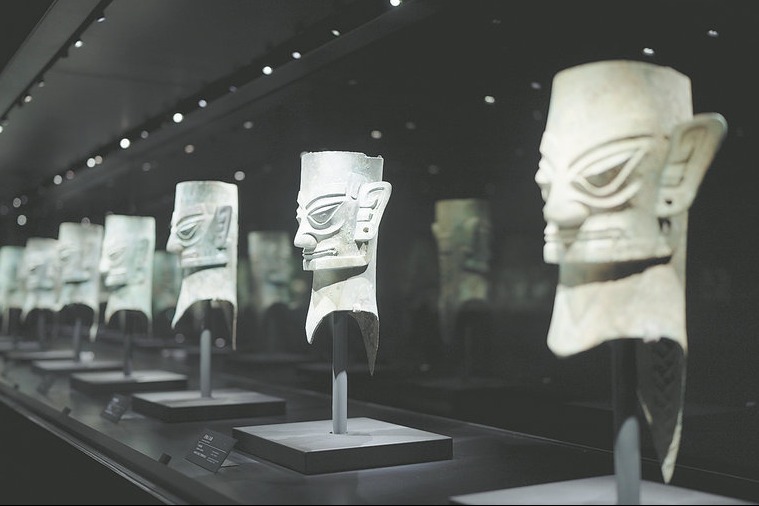Philippines evacuates more than 12,000 people away from erupting Mayon volcano
Xinhua | Updated: 2018-01-15 19:53
MANILA -- More than 12,000 people from a danger zone around Mayon volcano have been evacuated due to the volcano has been ejecting ash into the air since Saturday, Philippine authorities said on Monday.
Romina Marasigan, the spokesperson from the Philippine National Disaster Risk Reduction and Management Council (NDRRMC), said in a press briefing that the government has "already accounted 3,061 families or 12,044 persons who have been evacuated due to Mayon Volcano's eruption threat."
The Philippine Institute of Volcanology and Seismology (Phivolcs) has raised the alert level around the volcano in Albay province after the volcano continuously sent gray ash and mudflow of volcanic debris and water known as lahar streaking off the top of the cone since Saturday.
The institute warned that a "hazardous eruption is possible within weeks or even days." It initially designated a 6-kilometer radius around the volcano that it considers a danger zone. On Sunday, the institute expanded the zone to 7-kilometers warning that a larger eruption is possible.
Since the eruptions, Phivolcs said it has observed a "faint crater glow of red lava at the peak of the 2,463-meter-high cone-shaped mountain," some 330 kilometers southwest of Manila.
Phivolcs said two lava collapse events occurred on Monday, triggering rockfall and small-volume pyroclastic density currents.
Moreover, it said "a degassing event also occurred at 11:07 a.m. (local time) that lasted eight minutes producing a grayish to dirty white ash column with a maximum of the height of approximately 1,000 meters above the summit before drifting west-southwest."
The institute said alert level 3 remains in effect over Mayon Volcano, meaning that "it is currently in a relatively high level of unrest as magma is at the crater and hazardous eruption is possible within weeks or even days."
Mayon Volcano is on the southern tip of the Philippine main island of Luzon. It is a popular tourist destination in the Bicol region. It is famed for its near-perfect cone but has a long history of deadly eruptions. It has erupted 51 times during the last 400 years.
In an eruption in 1814, more than 1,200 people were killed and three towns were buried under mud and rock.
Tourists often flock to the Albay province to witness glowing orange and red lava flowing out of the volcano's crater.
























